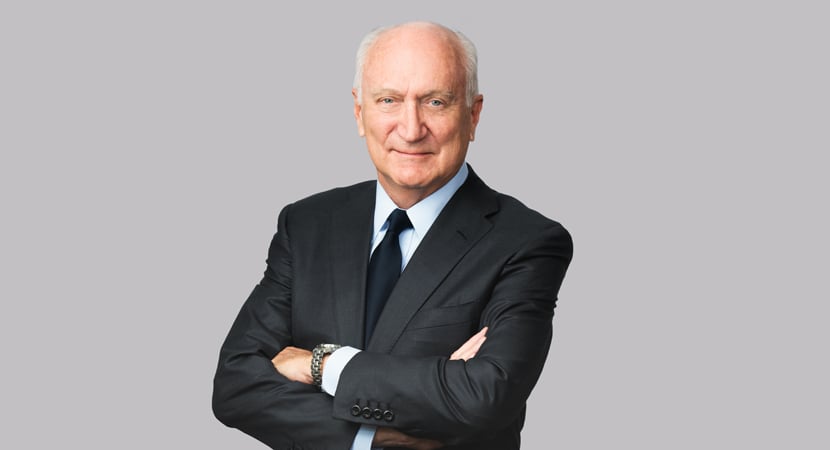While increased consumption of inexpensive chocolate will not generally help higher education in the United States, the efforts over 100 years ago by Milton Hershey to ensure that Hershey’s chocolates continued to fund the Hershey School may. When Milton Hershey established the Milton Hershey School, he created two entities – one for the school and a trust to fund the school’s operations.
Years later, when Congress enacted the Tax Reform Act of 1969, an exception to the foundation rules was created for organizations, such as Hershey’s Trust, that were formed to support particular charities. While the standards for such “supporting organization” status are complex, indeed, they include what has been described as the most difficult sentence in the Internal Revenue Code to understand, the standards also provide a path forward for charities seeking to create mutual support networks.
More recently, the economics of the healthcare sector in the US, including the need to control costs, have led to joint ventures, mergers and consolidations among hospitals and other healthcare organizations. As charities for purposes of federal tax law, the healthcare sector turned to the same section of the tax law as the Hershey Trust to inform their inter-organizational relationships. The health care and Hershey examples may well be the right prescription for many private colleges and universities. Affiliations among private colleges and universities constitute a viable alternative for financially at-risk higher education institutions.
While people are generally familiar with public university systems, there is less awareness of private university system counterparts and how a “supporting organization” can be a transformative ingredient for private colleges and universities. Structures relying on supporting organizations can help American colleges and universities adapt to cost pressures and successfully compete in the changing landscape of higher education.
Supporting organizations have been used by higher education institutions to create consortia such as Haverford-Bryn Mawr-Swarthmore Colleges and private university systems like the National University System and the TCS Education System. Over the next eighteen to twenty-four months higher education will go through a major transition period that is likely to accelerate institution closure, mergers and affiliations.
For strong colleges, they may seek to develop their own private system which could be based on a thematic approach to the market. Why create such an affiliation system? A private system can be a trans-formational financial and strategic initiative for well-positioned and endowed institutions, expanding their academic impact, achieving efficiencies of scale and enhancing the brands of member institutions. We are likely to see professional institutions, or a collection of liberal arts colleges form their own private systems.
By Rick Beyer, Neil Lefkowitz and Marc Owens. Rick is a Senior Fellow at the Association of Governing Boards of Universities and Colleges and Neil and Marc are partners at Loeb & Loeb LLP. This article was self-published on LinkedIn on July 25, 2020. The original post can be found here.
-
 Partner
Partner -
 Partner
Partner
)